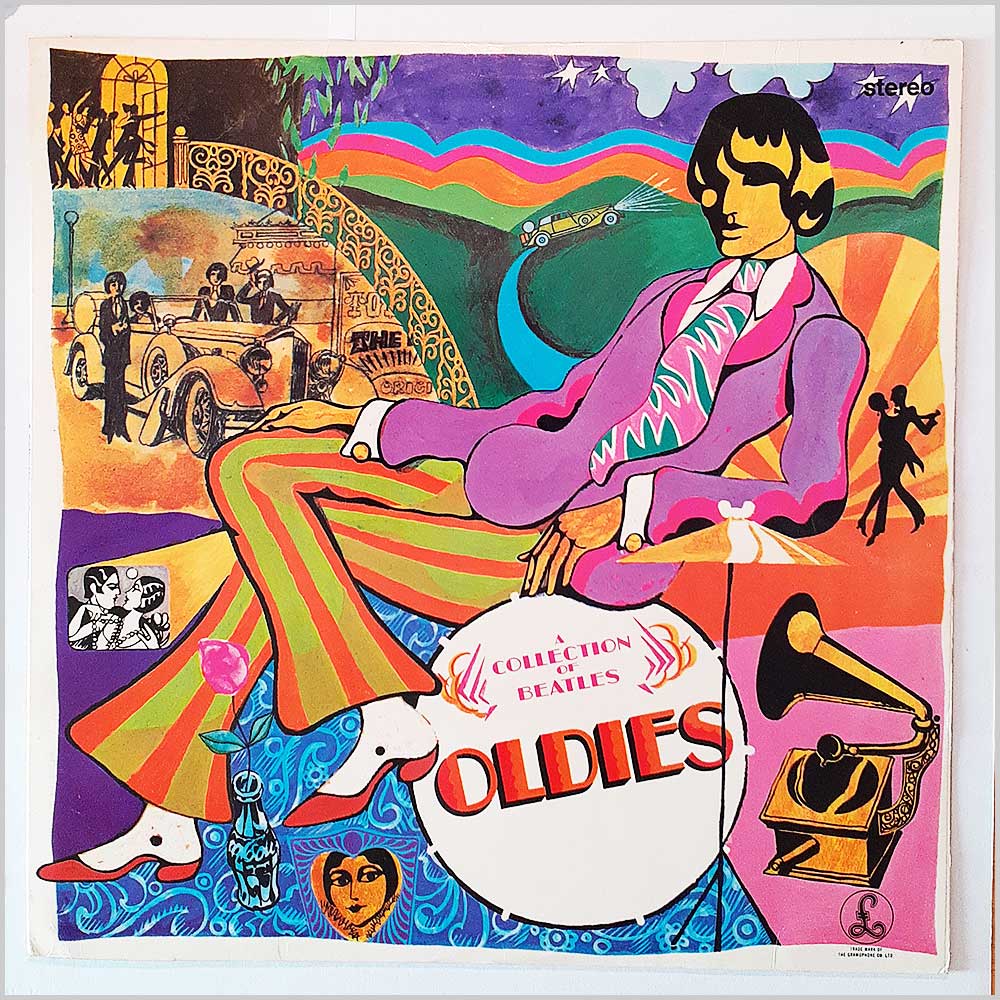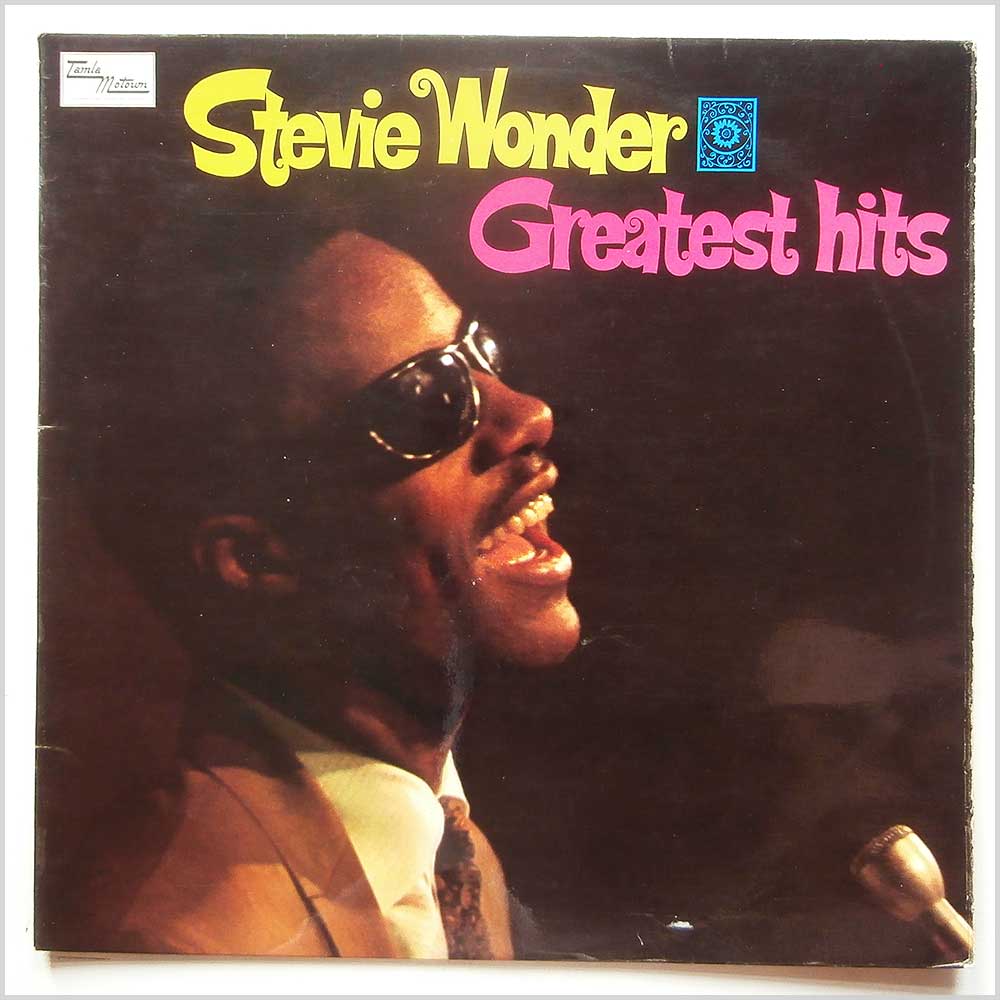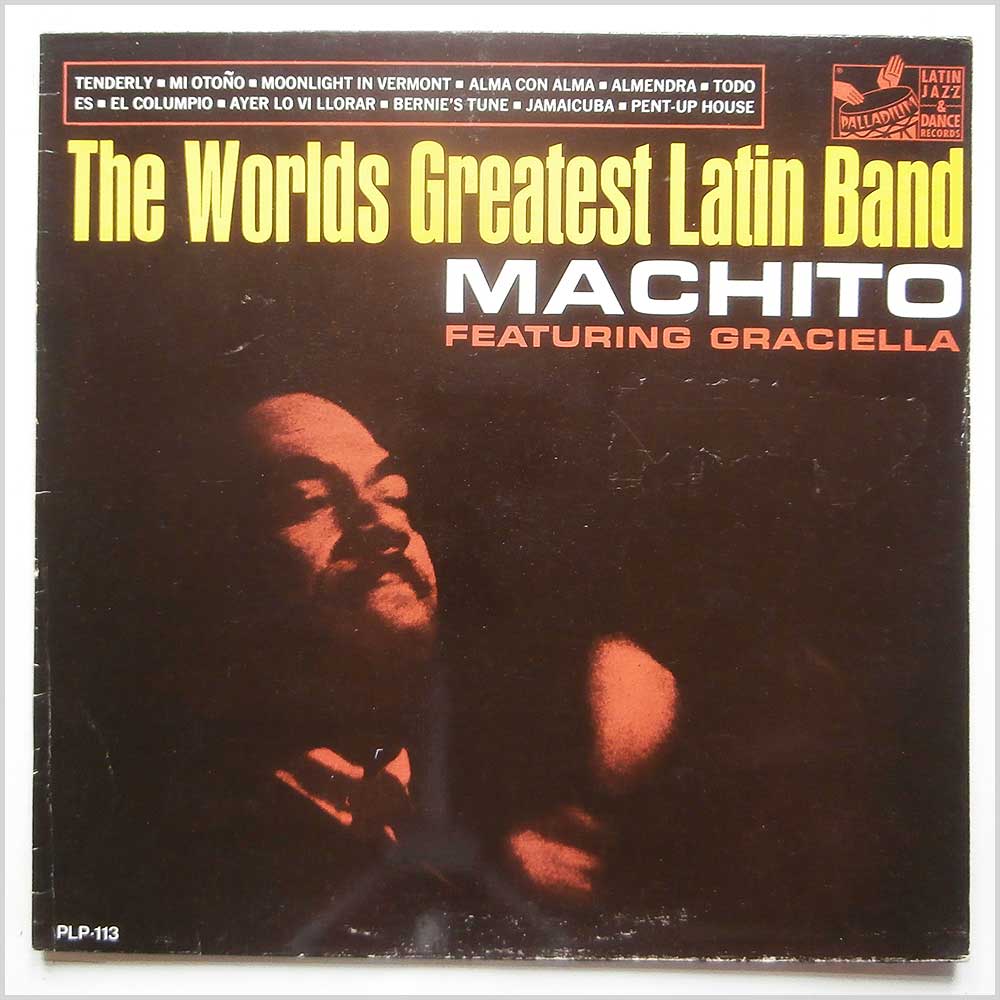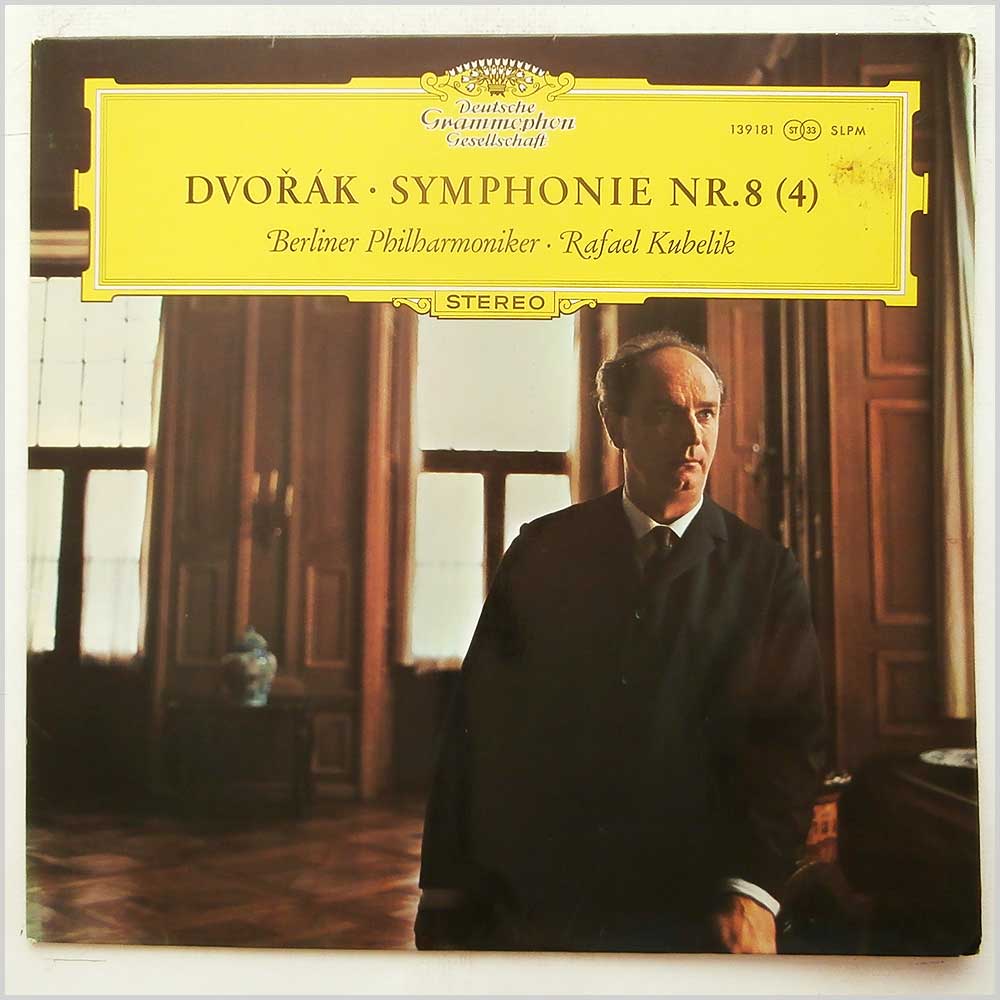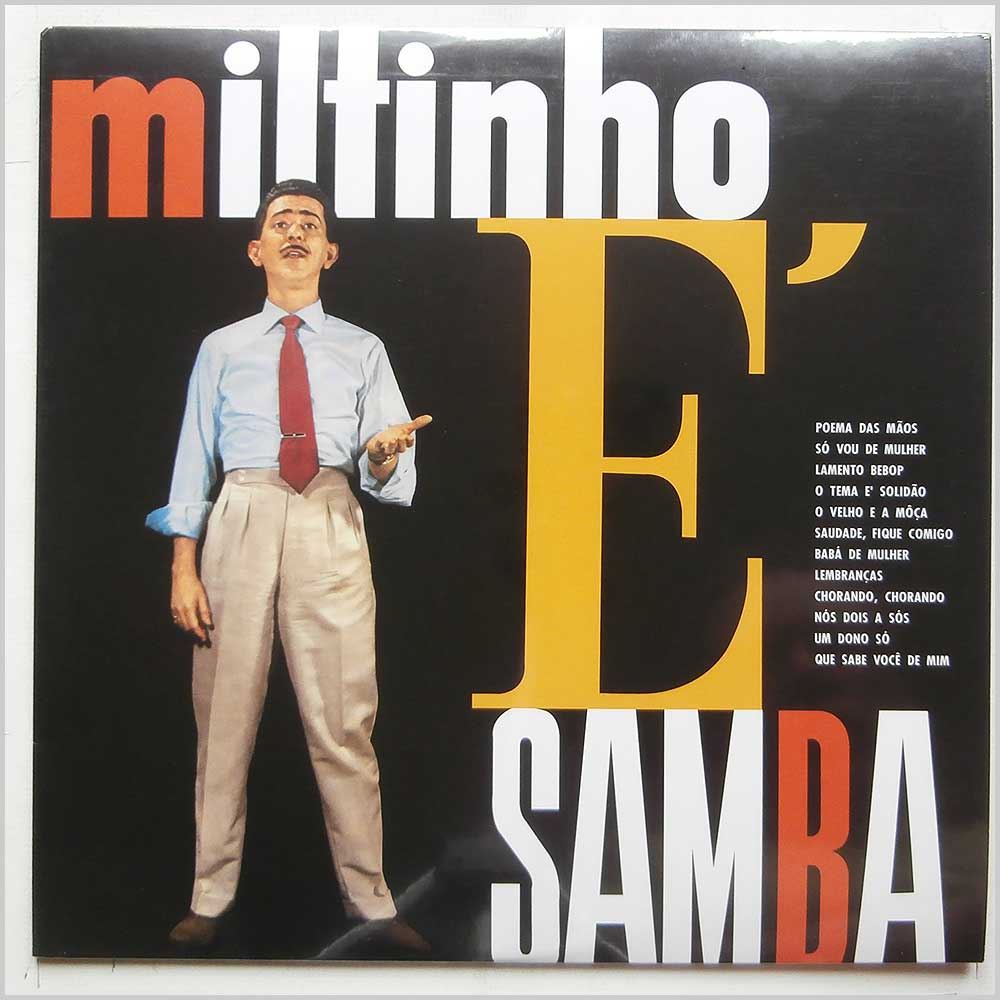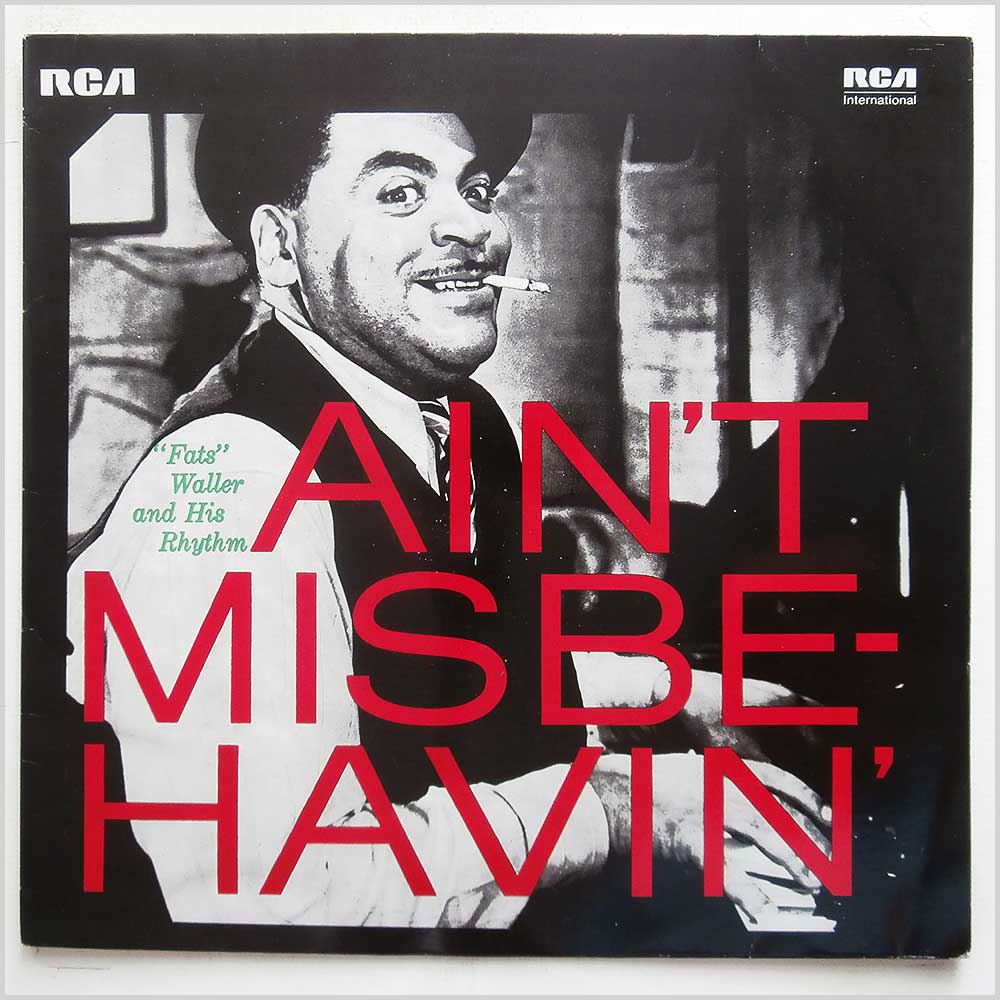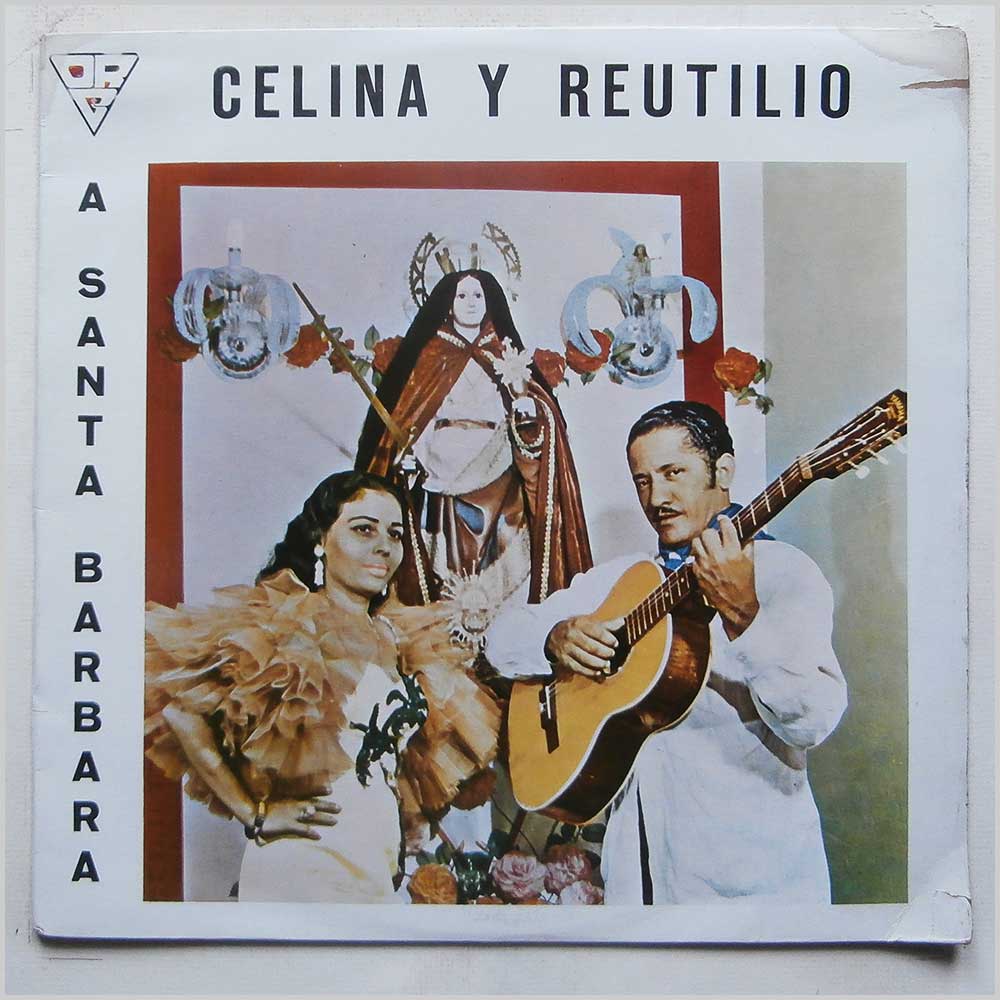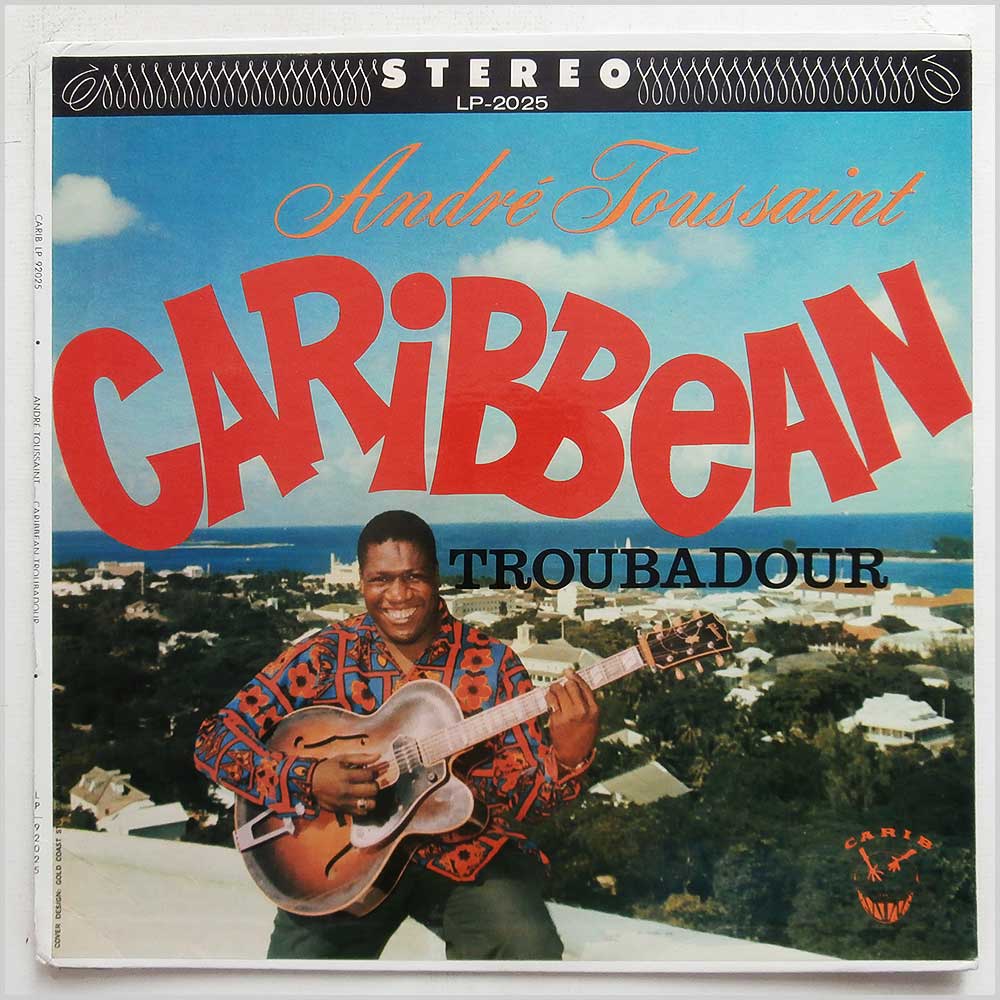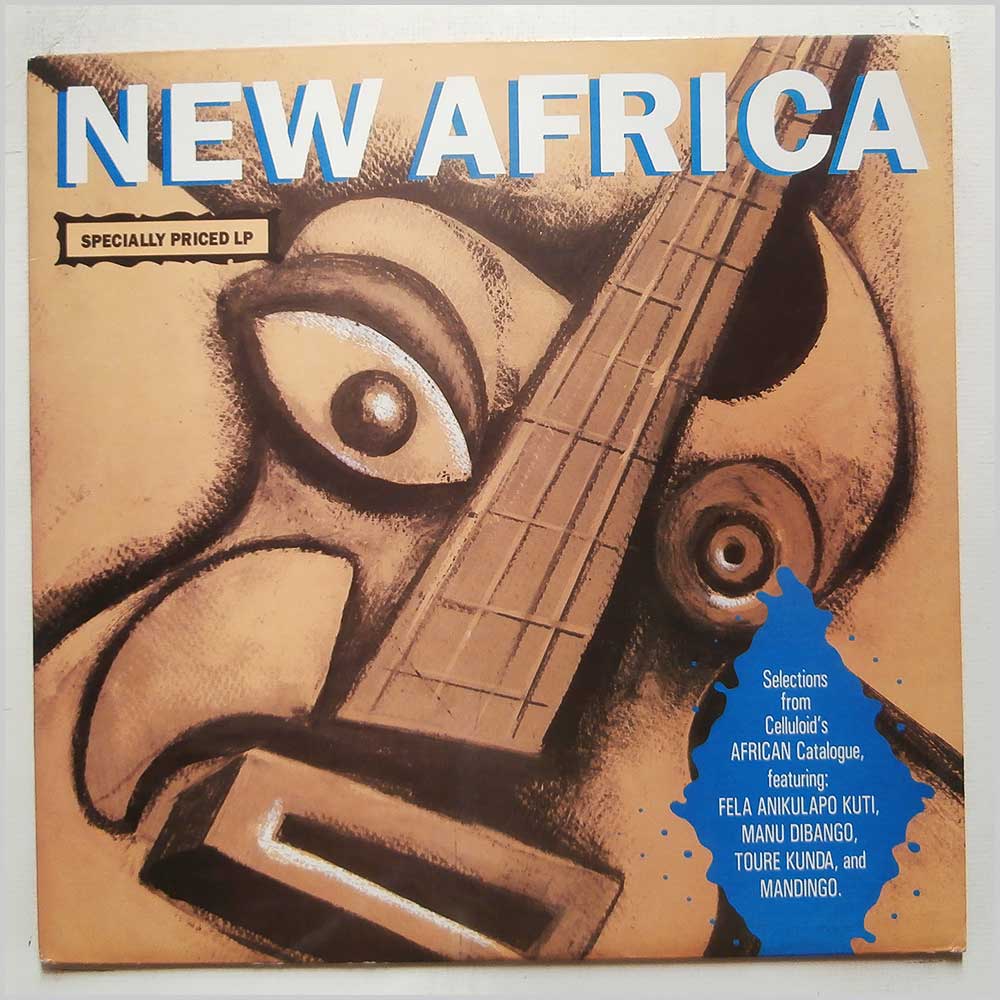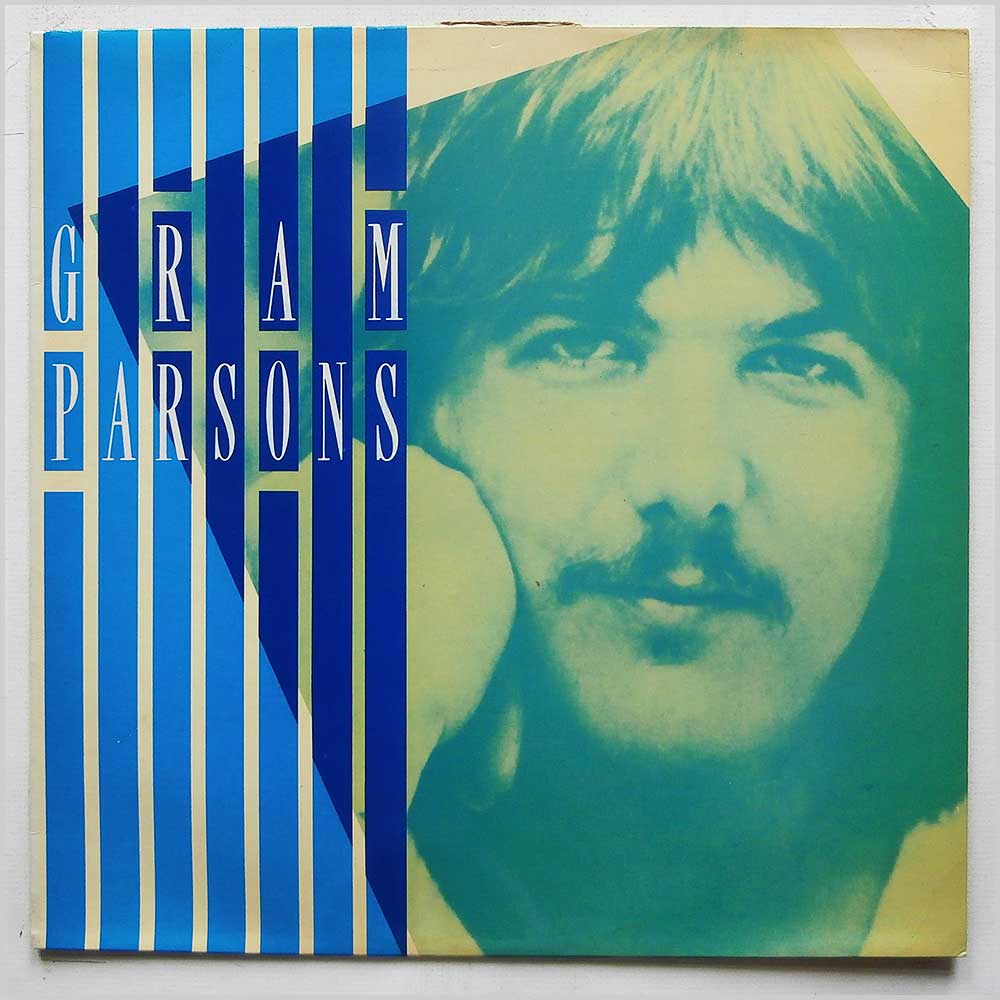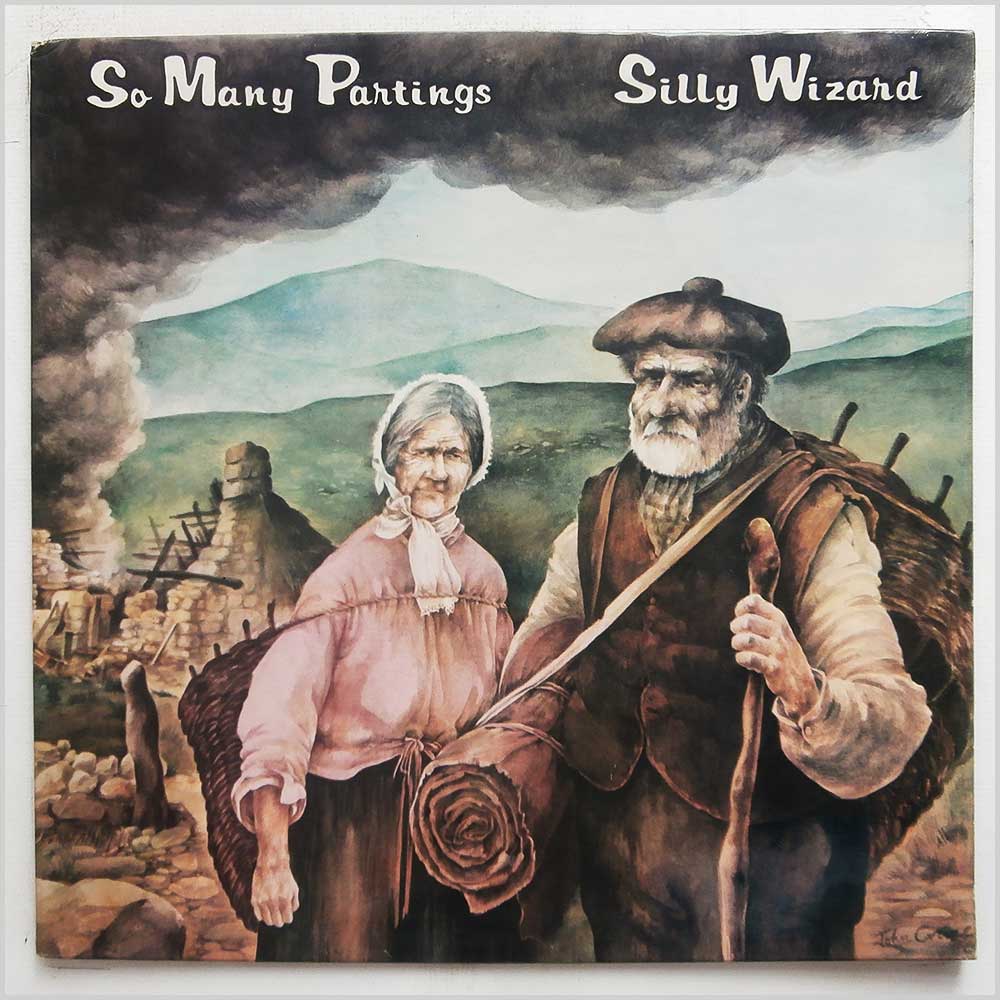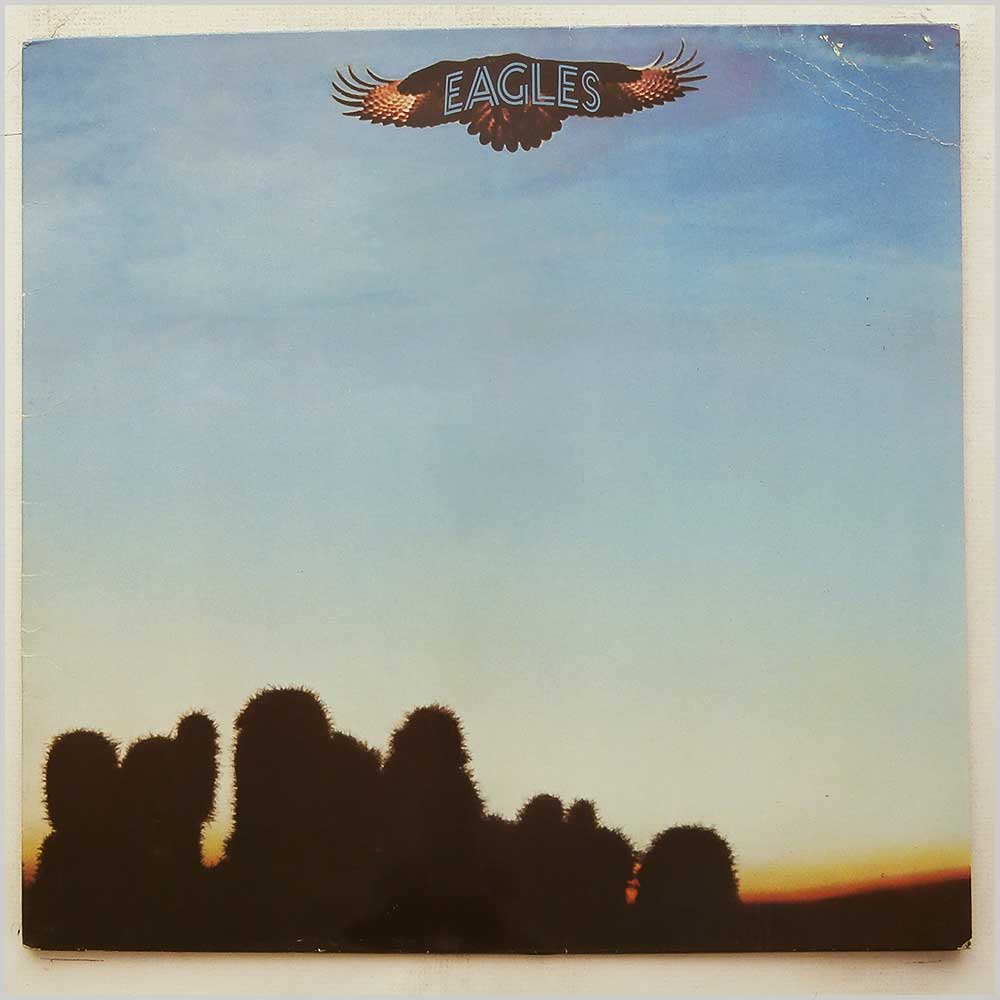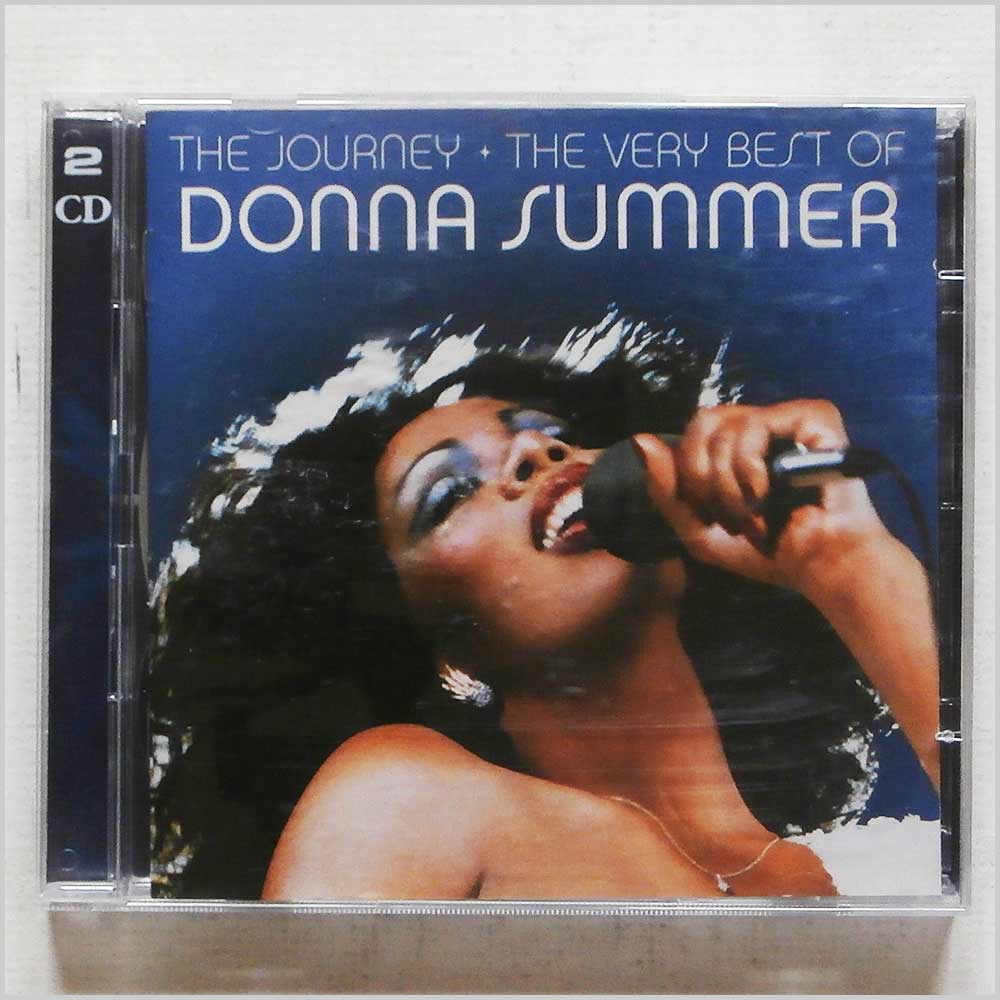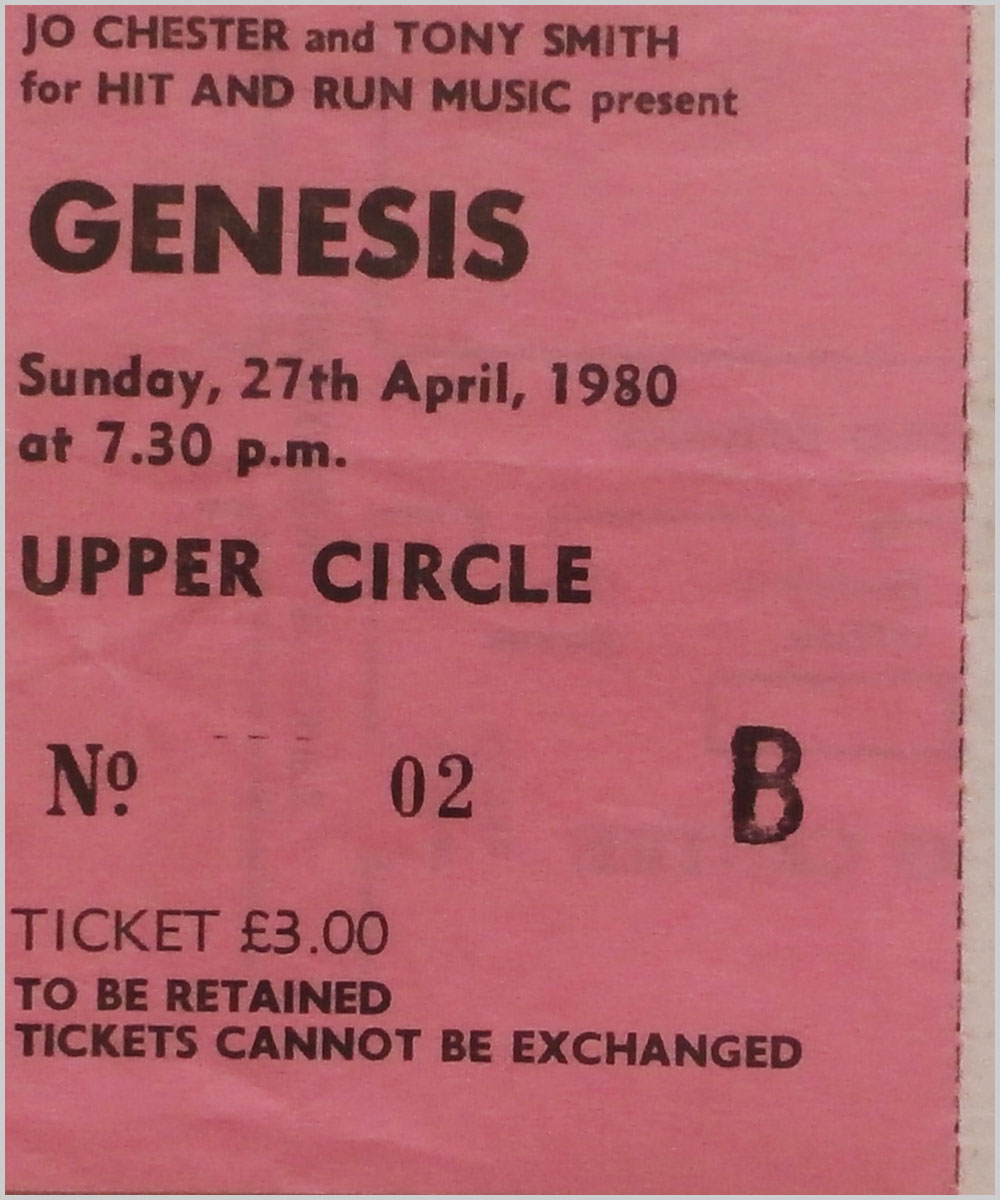Krautrock (aka Kosmische musik), German Prog Rock music
Krautrock is a term used to describe a diverse and experimental genre of rock music that originated in Germany during the late 1960s and early 1970s. The term itself is somewhat controversial as it was initially used in a somewhat derogatory manner by British music press to refer to German rock bands. However, over time, the term has been embraced by musicians and fans alike.
Krautrock bands were known for their innovative and avant-garde approach to music, often blending rock, electronic, psychedelic, and avant-garde elements. These bands sought to break away from traditional rock norms and create music that was more abstract, improvisational, and influenced by various genres including progressive rock, jazz, electronic music, and more. Notable Krautrock bands include CAN, Kraftwerk, Faust, Tangerine Dream, and Neu!.
Kosmische Musik, also known as Cosmic Music, is a subgenre within the broader Krautrock movement. It emphasizes electronic and experimental elements, often creating atmospheric and spacey soundscapes. Bands associated with Kosmische Musik often used synthesizers, repetitive patterns, and a focus on creating immersive and otherworldly sonic experiences. Tangerine Dream and Klaus Schulze are prominent examples of artists associated with Kosmische Musik.
Krautrock, Kosmische Musik, and Prog Rock are all distinctive genres within the realm of experimental and progressive music, each with its own unique characteristics and contributions to the musical landscape.
Tangerine Dream
Tangerine Dream is a pioneering electronic music band that emerged from the Krautrock scene in Germany. The band was founded in 1967 by Edgar Froese, and over its long and influential history, it went through various lineup changes and musical evolutions. Here's an overview of their history:
Formation and Early Years (1967-1970): Tangerine Dream was formed in West Berlin by Edgar Froese, who was initially inspired by the experimental music of the time and the possibilities offered by emerging synthesizer technology. The early lineup consisted of Froese, Klaus Schulze, and Conrad Schnitzler. The band's early music was characterized by experimental and improvisational sounds, often using tape manipulation, electronic instruments, and unconventional techniques. Their debut album, Electronic Meditation (1970), showcased their experimental approach.
Classic Lineup and Breakthrough (1971-1973): Tangerine Dream's lineup saw changes, and the classic lineup of Edgar Froese, Christopher Franke, and Peter Baumann solidified. This lineup is often associated with the band's most influential and pioneering work. Their music became more structured and focused on synthesizers, which were still a relatively new technology at the time. Albums like Phaedra (1974) and Rubycon (1975) gained critical acclaim and helped define the band's signature sound of ambient, spacey, and ethereal electronic music.
Continued Evolution and Film Soundtracks (1974+1980): Tangerine Dream's music continued to evolve throughout the 1970s, with shifts toward more melodic and atmospheric compositions. The band gained international recognition for their film soundtracks, including notable works for movies like Sorcerer (1977) and Thief (1981). These soundtracks demonstrated the band's ability to create evocative and immersive music that complemented visual storytelling.
Further Changes and New Directions (1980s+1990s): The 1980s marked another period of lineup changes for Tangerine Dream. Edgar Froese remained the constant member, but other musicians joined and left the band. During this time, their music often incorporated elements of electronic pop and ambient music, reflecting the changing musical landscape. Albums like Exit (1981) and Underwater Sunlight (1986) exemplify this era.
Later Years and Legacy (2000s+Present): Tangerine Dream continued to release music and tour into the 2000s and 2010s, with various new members joining. Edgar Froese passed away in 2015, marking the end of an era. Despite lineup changes, the band's influence on electronic and ambient music remained significant. Tangerine Dream's pioneering use of synthesizers, their ability to create immersive soundscapes, and their contributions to film soundtracks have left a lasting legacy.
Tangerine Dream's discography is extensive, covering a wide range of musical styles and sonic landscapes. The band's exploration of electronic sound and their willingness to push the boundaries of music have had a profound impact on the development of electronic and ambient music genres.
CAN
CAN was a highly influential and innovative Krautrock band formed in Cologne, Germany, in 1968. The band's unique blend of rock, experimentalism, improvisation, and electronic elements made them a significant force in shaping the Krautrock movement and influencing later genres like post-punk and electronic music. Here's an overview of CAN's history:
Formation and Early Years (1968-1970): CAN was initially formed by the core members: Holger Czukay (bass), Irmin Schmidt (keyboards), Michael Karoli (guitar), Jaki Liebezeit (drums), and vocalist Malcolm Mooney. The band's name was derived from the word Krautrock, which had been used in a derogatory manner by British media to refer to German bands. CAN's early music was characterized by a fusion of rock, psychedelic, and experimental elements, with a strong emphasis on improvisation. Their debut album, Monster Movie (1969), captured this experimental spirit.
Vocal Changes and Creative Exploration (1970-1973): After Malcolm Mooney's departure due to health issues, CAN welcomed Japanese vocalist Damo Suzuki as his replacement. This marked a pivotal shift in the band's sound. Albums like Tago Mago (1971) and Ege Bamyasi (1972) showcased the band's ability to create sprawling and hypnotic sonic journeys, often characterized by repetitive grooves, layered textures, and extended instrumental passages.
Later Years and Continued Innovation (1973-1979): CAN continued to evolve, releasing albums like Future Days (1973) and Soon Over Babaluma (1974), which showcased a more ambient and introspective sound. The band was known for its collaborative and democratic approach to music-making, where ideas were freely shared and experimentation was encouraged.
Disbandment and Legacy (1980s-Present): CAN disbanded in 1979, but their influence lived on. Their music continued to gain recognition in subsequent decades, and their pioneering sound had a profound impact on various genres, from post-punk to electronic music. Many artists and bands have cited CAN as a major influence on their work.
CAN's legacy is tied to their innovative spirit, willingness to push musical boundaries, and their contributions to shaping the Krautrock movement. Their ability to blend disparate musical elements and their exploration of rhythm, texture, and improvisation left an indelible mark on the music landscape.
Neu!
Neu! was a pioneering Krautrock band from Germany that played a significant role in shaping the genre and influencing subsequent generations of musicians. Formed by Michael Rother and Klaus Dinger, the band's innovative and minimalistic approach to music, characterized by repetitive rhythms and hypnotic grooves, had a lasting impact on the development of electronic, ambient, and post-punk music. Here's an overview of Neu!'s history:
Formation and Early Years (1971-1972): Michael Rother and Klaus Dinger were both members of an early lineup of the band Kraftwerk, but they left due to creative differences. In 1971, they formed Neu!, which can be seen as a contraction of the German word neu (meaning new). Their debut album, simply titled Neu! (1972), introduced their signature style characterized by motorik rhythms, repetitive guitar patterns, and minimalist arrangements.
Innovative Sound and Influential Albums (1972-1975): Neu!'s second album, Neu! 2 (1973), continued to explore their unique sound, blending rock and electronic elements with a focus on rhythm and texture. The album introduced more experimental elements, including ambient soundscapes. Their third album, Neu! '75 (1975), showcased a departure from the motorik style, incorporating more varied and atmospheric compositions.
Disbandment and Influence (Late 1970s+Present): After the release of Neu! '75, Rother and Dinger went their separate ways due to creative differences and personal conflicts. The band officially disbanded in the mid-1970s, but their influence only grew in the decades that followed.
Neu!'s innovative use of repetitive rhythms, sparse arrangements, and a focus on texture and atmosphere had a profound impact on various musical genres. Their music influenced artists ranging from post-punk and new wave bands to experimental and electronic musicians. Bands like Joy Division, Stereolab, Sonic Youth, and more have cited Neu! as a major influence on their work.
Reunions and Legacy: Neu! achieved cult status as their albums gained recognition over time, leading to reissues and retrospectives. Michael Rother and Klaus Dinger occasionally worked together on separate projects, and they reunited for some live performances in the 1990s. Unfortunately, Klaus Dinger passed away in 2008.
Neu!'s legacy lies in their groundbreaking approach to music-making, which defied traditional song structures and embraced repetition and experimentation. Their influence continues to resonate in contemporary music, and their contributions to the Krautrock movement have solidified their place in music history.
Michael Rother
Michael Rother is a German musician and composer known for his contributions to the Krautrock and electronic music scenes. He gained prominence as a member of the influential bands Neu! and Harmonia, and he also pursued a successful solo career. Here's an overview of his musical history:
Neu! (1971-1975):
Michael Rother co-founded Neu! with Klaus Dinger in 1971 after both musicians left an early lineup of Kraftwerk. Neu!'s minimalist and innovative approach to music, characterized by repetitive rhythms and atmospheric guitar work, had a significant impact on the Krautrock genre and beyond. The band released three albums: Neu! (1972), Neu! 2 (1973), and Neu! '75 (1975), each contributing to their unique sound and leaving a lasting influence on subsequent generations of musicians.
Harmonia (1973-1976): In addition to Neu!, Rother was also a member of Harmonia, a collaborative project involving him, Hans+Joachim Roedelius, and Dieter Moebius of the band Cluster. The trio released two albums, Musik von Harmonia (1974) and Deluxe (1975), which blended electronic, ambient, and experimental elements. Harmonia's music is known for its serene and introspective qualities, showcasing Rother's versatility as a musician.
Solo Career (1977+Present): After Neu!'s disbandment and Harmonia's hiatus, Michael Rother embarked on a solo career. His solo albums often continued to explore ambient and electronic territories while also incorporating elements of guitar-driven rock. Notable solo albums include Flammende Herzen (1977), Sterntaler (1978), Katzenmusik (1979), and Fernwärme (1982). These albums showcased his abilities as a composer, producer, and multi-instrumentalist.
Rother's solo work often displayed a balance between melodic compositions and experimental soundscapes. His music has continued to evolve over the years, and he has released albums intermittently, each contributing to his evolving sonic palette.
Collaborations and Influence:
Michael Rother's contributions to the development of electronic, ambient, and experimental music cannot be overstated. His collaborations with other influential artists like Brian Eno, Cluster, and various musicians from the electronic and post-rock scenes demonstrate his wide-ranging impact.
Rother's work has inspired and influenced a diverse range of artists, from electronic musicians like Aphex Twin and Stereolab to alternative rock bands like Radiohead. His legacy as a pioneering figure in electronic and ambient music is firmly established, and his exploration of sound continues to resonate with listeners and creators alike.
